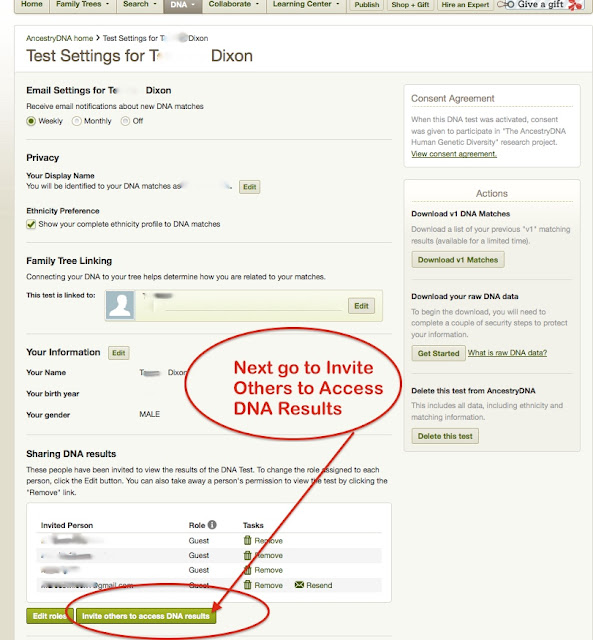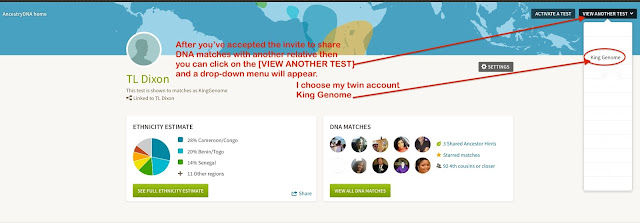Yes, we know that our ethnicity admixture estimates should be used casually, not causally, and is conversation-starter fodder best reserved for social events. We're reminded the best use of our DNA results (autosomal DNA) is synergistically utilizing them with our genealogies to build our family pedigrees, to connect with our genetic relatives and to trace our roots. But the truth is some of us are seriously hung over on our ethnicity admixture estimates and have found them useful.
If you're one of those people who loves to imbibe ethnicity admixture cocktails, like any other intoxicator you should at least enjoy them responsibly. In this blog I'm going to explain how you should be interpreting your ethnicity admixture results when trying to determine what they could mean. Essentially my goal is to get beginner and intermediate genetic genealogists to think more like population geneticists ("5% of my DNA is similar to British Isles populations...") rather than genealogy astrologers ("I have 5% Irish in me..."). Therefore I've adapted these 10 lessons from my inaugural Admixture Centrifuge blog and your questions over the years for quick reference.(NOTE: Although these lessons focus on Native American admixture you can substitute any ethnicity here as the principles of interpretation remain the same.) Enjoy and SHARE:























